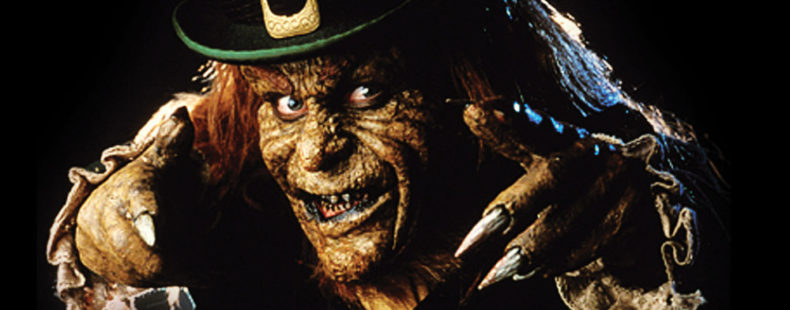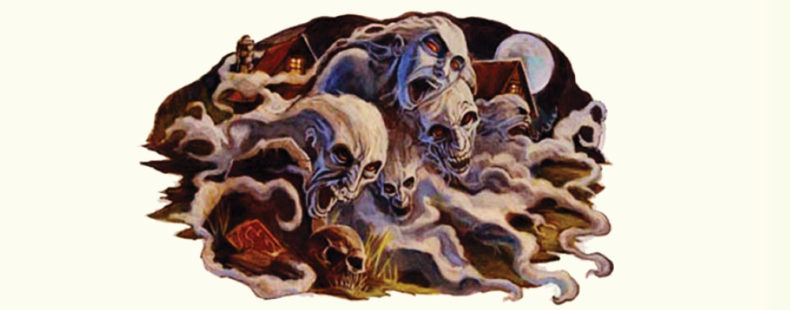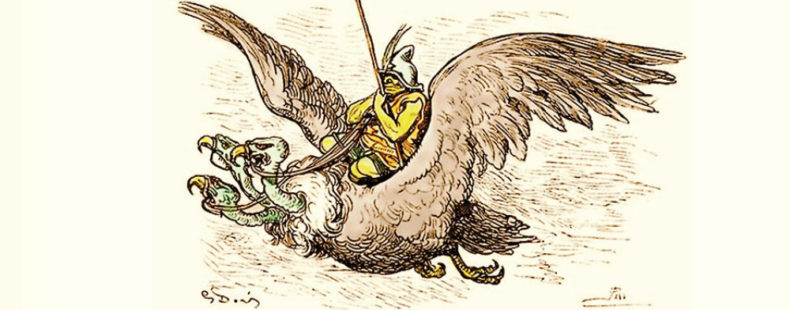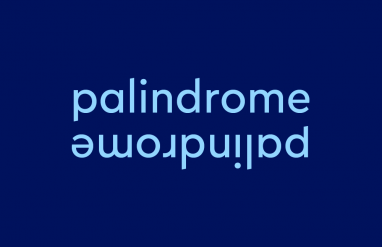The leprechaun is one of the world’s most recognized mythical creatures. In today’s popular culture, we typically think of leprechauns as small, mischievous elf-like creatures, usually clad all in green, who hoard their treasure at the terminal points of rainbows. (We also might think of the cheeky, cultish horror film series of the same name) In Irish folklore, leprechauns were believed to be solitary tricksters who mended shoes and might grant you three wishes if you caught them.
But there’s more to Irish mythology than a small green man currently associated with marshmallow cereal. If you’re interested in even more mythic creatures from the Emerald Isle, keep reading.





















